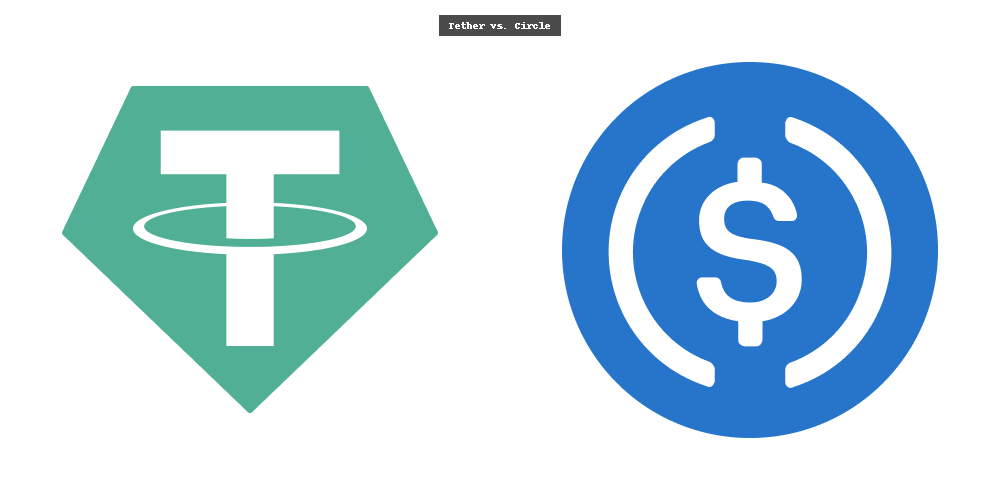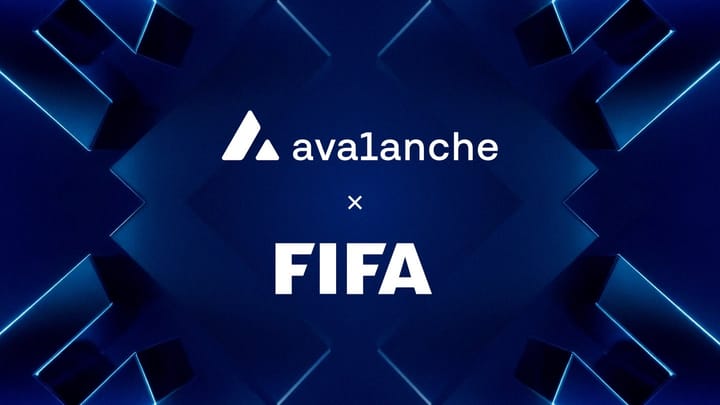L2s vs Alt-L1s: The Battle for Developer Experience in 2025
In the ever-evolving blockchain ecosystem, the competition between Layer 2 (L2) scaling solutions and alternative Layer 1 (alt-L1) blockchains has intensified. But this contest is no longer just about transaction throughput or gas fees. In 2025, the real battleground is developer experience (DevEx).
Developers are the lifeblood of Web3. The ease with which they can build, test, and deploy decentralized applications (dApps) directly impacts the growth and adoption of blockchain ecosystems. This article explores how L2s and alt-L1s are prioritizing DevEx, what tools and strategies they're employing, and why this shift matters more than ever.
What is Developer Experience in Web3?
Developer experience encompasses the tools, documentation, SDKs, languages, deployment flows, community support, and learning curves that developers face when building on a blockchain. In Web3, where the complexity of infrastructure can be intimidating, a smooth DevEx can make or break a chain’s appeal.
Some key components of DevEx include:
- Comprehensive documentation and tutorials
- Accessible, well-maintained SDKs and libraries
- Fast, cheap devnets/testnets
- Integration with mainstream tools (e.g., Hardhat, Foundry, Metamask)
- Clear onboarding and support channels
L2s: Scaling Ethereum with Familiarity
L2s like Optimism, Arbitrum, Base, and zkSync build on Ethereum’s security and popularity. For many developers, the biggest advantage is compatibility — the ability to write Solidity smart contracts and use Ethereum tools without significant modifications.
Key DevEx Benefits of L2s:
- EVM compatibility: Most L2s are fully EVM-compatible, enabling the use of existing Ethereum tooling like Remix, Hardhat, and Foundry.
- Low fees + fast finality: L2s drastically reduce transaction costs and latency compared to Ethereum mainnet, making dev testing and iteration faster.
- Shared ecosystem: With Ethereum’s established libraries (e.g., OpenZeppelin), APIs (e.g., Infura, Alchemy), and community support, L2s inherit a powerful developer moat.
- Security via Ethereum: Developers can trust the L2’s settlement layer without needing to evaluate a new consensus mechanism.
Notable Developer Resources:
Some L2s like zkSync Era and Starknet push the boundary with zero-knowledge proof-based rollups and new languages like Cairo. While these introduce complexity, they also unlock greater scalability and privacy.
Alt-L1s: Competing Through Innovation
Alt-L1s such as Solana, Aptos, Sui, NEAR, and Avalanche are not tied to Ethereum’s architecture. This freedom allows them to innovate at the protocol level, offering unique approaches to performance, programming, and DevEx.
Key DevEx Innovations in Alt-L1s:
- New programming models: For example, Aptos and Sui use Move, a safe and expressive smart contract language that offers formal verification and resource-based logic.
- Monolithic architecture: Solana’s single-layer design enables high-speed, low-latency transactions, ideal for real-time apps.
- First-party tooling: Many alt-L1s invest heavily in their own IDEs, SDKs, and frameworks (e.g., Solana’s Anchor, NEAR’s BOS tools).
- Grant programs and hackathons: Chains like NEAR and Avalanche actively incentivize developer adoption with generous funding.
Notable Developer Resources:
However, alt-L1s face a steep challenge: breaking into the mindshare of an Ethereum-dominant world. Devs who already know Solidity may hesitate to learn a new language or framework unless the payoff is significant.
DevRel: The Secret Weapon
Both L2s and alt-L1s have recognized that winning developers requires more than great docs — it takes empathy, support, and education. This is where Developer Relations (DevRel) shines.
DevRel teams are:
- Creating educational content (videos, tutorials, courses)
- Hosting dev-focused events (Twitter Spaces, IRL hackathons)
- Building community through Discord, forums, and AMAs
- Advocating internally for the needs of external developers
For example, the Base team has built strong DevRel credibility by fostering an open-source ethos and engaging regularly with the developer community.
Why DevEx Now Matters More Than Ever
In the early days of Web3, developers were willing to endure clunky tools and steep learning curves for the sake of innovation. That tolerance is fading. With dozens of viable chains and scaling solutions, DevEx is no longer optional — it’s decisive.
Chains with great performance but poor developer onboarding are losing ground to those that prioritize clarity, speed, and support. As modular chains, intent-centric architectures, and decentralized AI emerge, the complexity of Web3 is increasing. Simplifying DevEx is how ecosystems scale sustainably.
Conclusion
L2s and alt-L1s are locked in a high-stakes race — not just for users or capital, but for the hearts and minds of developers. In 2025, the chains that thrive will be those that make developers feel empowered, not overwhelmed.
Whether through Ethereum-aligned familiarity or bold innovation in alt-L1s, DevEx is the defining trend of this era. And developers, more than ever, are choosing platforms that let them build boldly, test rapidly, and ship globally.
Want to explore the best DevEx practices in Web3? Start by diving into:
The future belongs to the chain that wins the builders.
GLOSSARY
Mitosis University
WEBSITE
X (Formerly Twitter)
DISCORD
DOCS



Comments ()